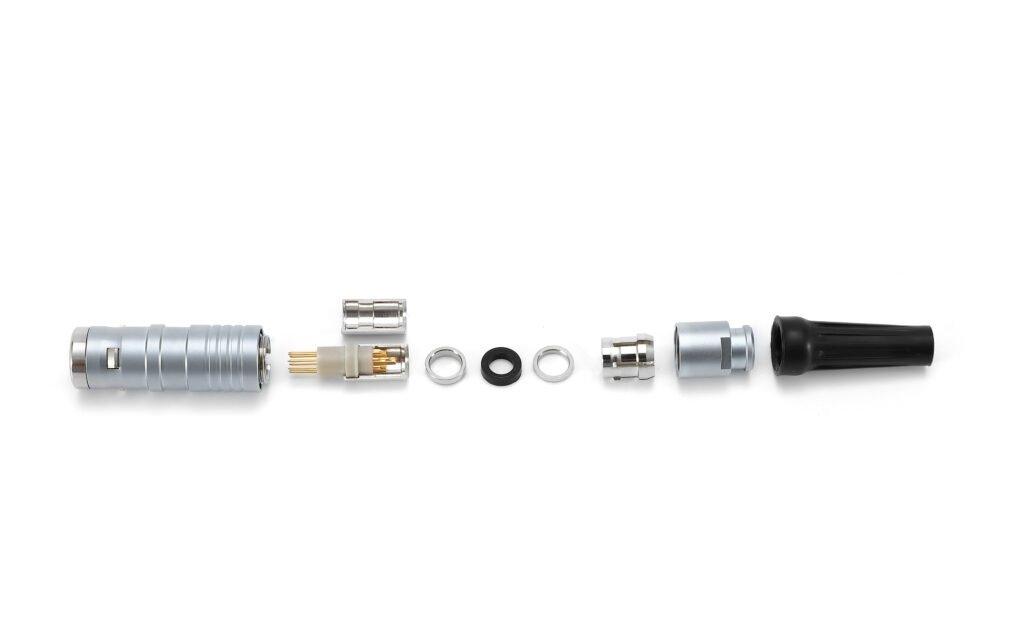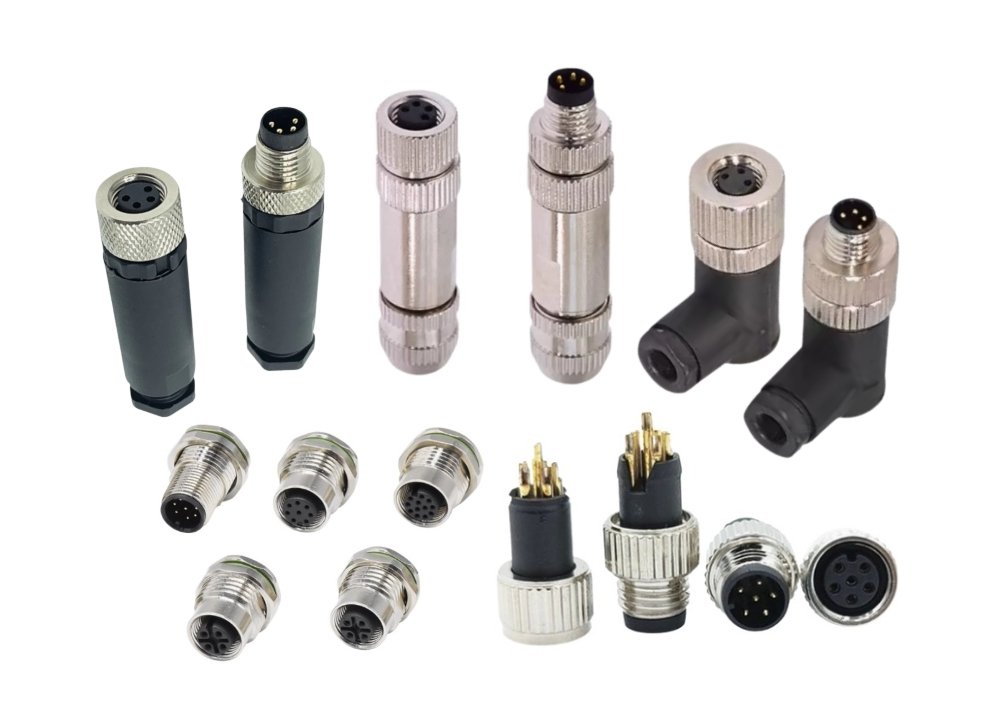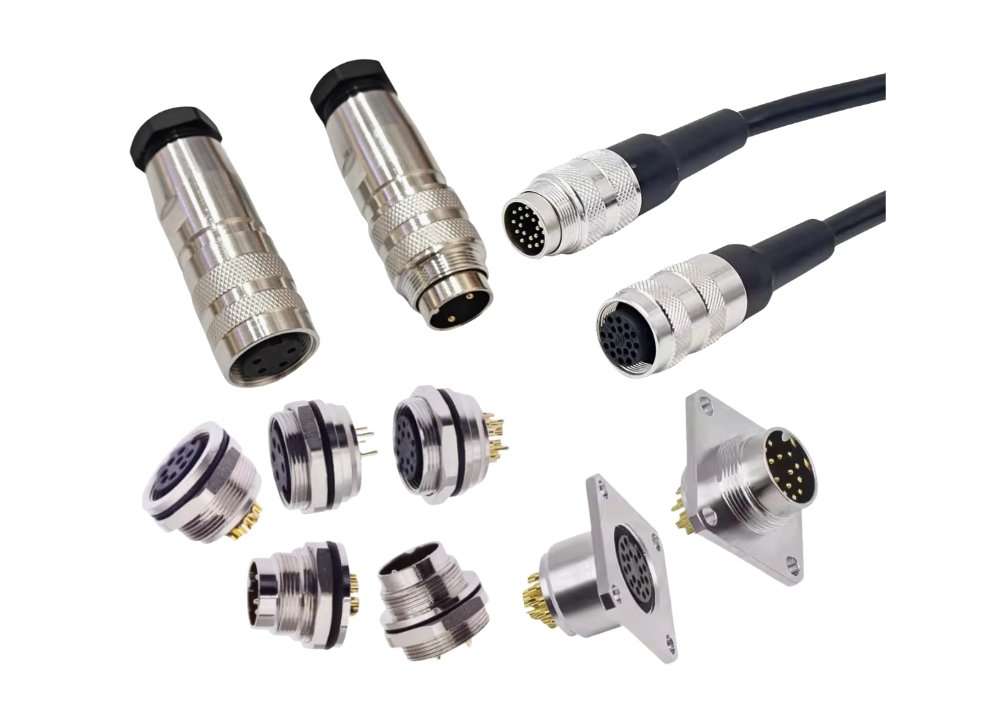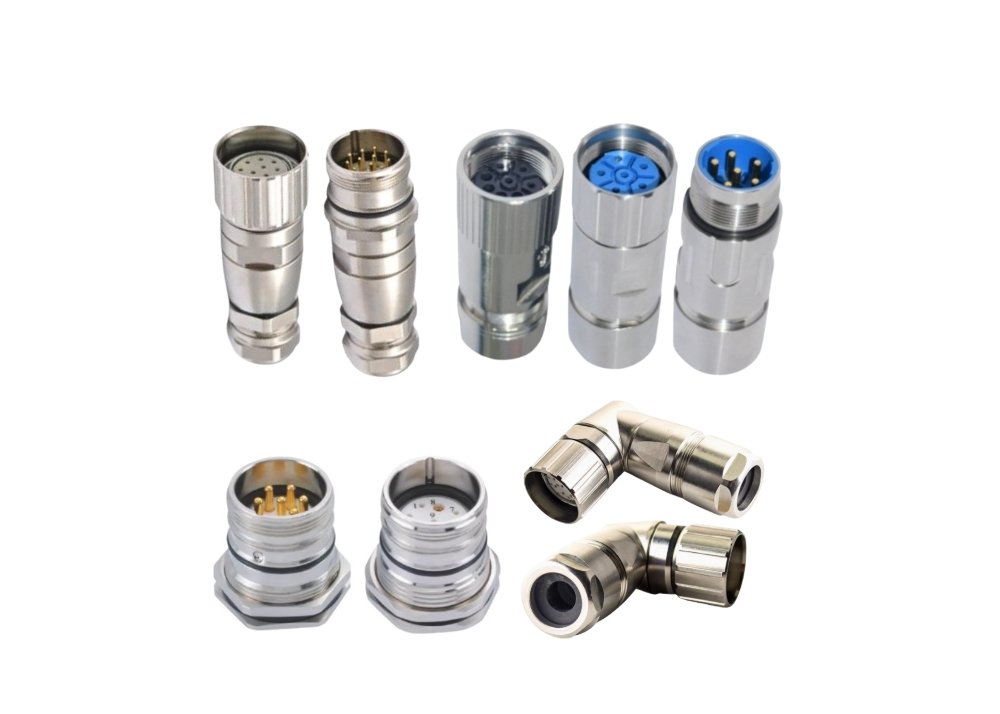Material Selection Under Extreme Conditions: How do thermal and chemical stresses impact connector integrity?
Industrial connectors face brutal environmental assaults – from chemical plants’ acid vapors to desert mining equipment enduring 80°C temperature swings. Standard brass contacts corrode 3.2× faster when exposed to hydrogen sulfide (common in oil refineries), with resistance spikes exceeding 45% after 500 operational hours. Premium solutions utilize:
- Multilayer plating: 1.5µm nickel barrier + 0.8µm gold overlay prevents sulfide diffusion, maintaining contact resistance <2mΩ even after 1,000 hours ASTM B117 salt spray testing
- Thermally stable polymers: Liquid Crystal Polymer (LCP) insulators retain 98% dielectric strength at 200°C versus standard nylon’s 62% degradation
- Harsh environment sealing achieved through fluorosilicone gaskets with compression set <15% after 5,000 thermal cycles (-55°C to +175°C)
Case studies from offshore wind farms demonstrate these material systems extend MTBF beyond 250,000 hours in high-vibration, high-salinity conditions.

Power Transmission Reliability: What design parameters prevent catastrophic failures in high-current applications?
Electrodynamic forces become catastrophic above 100A – poorly designed contacts can arc-weld during short circuits. Critical safeguards include:
- Electromagnetic finite element analysis (FEA) optimizing contact geometry to withstand 500G transient forces
- Silver-nickel (AgNi 15/85) contacts maintaining arc resistance at 15kA/480V fault currents
- Voltage surge protection circuits integrated into hybrid connectors, clamping transients below 50V within 5µs
Automotive stress tests reveal proper implementation reduces connector-initiated fires by 92% in 800V EV battery systems. Thermal management remains equally vital: Aluminum housings with 190 W/m·K conductivity prevent hotspot formation even at 30A continuous load.
Durability Validation Protocols: What testing frameworks guarantee mechanical longevity?
Traditional 5,000-cycle mating tests inadequately simulate real-world abuse. Certified validation requires:
- Durability testing exceeding IEC 60512-9 standards: Combined 20Hz-2000Hz vibration during hot-plugging operations
- Cross-industry adapted methodologies: MIL-STD-1344 salt fog + SAE/USCAR-2 mechanical shock sequences
- Failure analysis: Scanning electron microscopy identifying micro-fretting wear before contact degradation occurs
Leading manufacturers achieve <1ppm failure rates through 100% automated optical inspection of contact wipe patterns after environmental stress screening.
Miniaturization Constraints: How to balance shrinking footprints against rising power densities?
The aerospace industry’s push for 40% weight reduction demands connectors handling 10A in 3mm pitch configurations:
- Electroless nickel/immersion gold (ENIG) finishes enabling 25µm circuit traces
- High-density interconnect design rules: Cavity wall thickness <0.1mm with 0.05mm plating uniformity
- Thermal simulation ensuring ΔT<15°C across terminals at 8A/mm² current density
Benchmark testing confirms micro-connectors with nanocrystalline contacts sustain signal integrity up to 56Gbps PAM4 modulation – critical for next-gen avionics systems.
Global Supply Chain Vulnerabilities: Which strategies mitigate material shortage impacts?
Connector production faced 18-month lead times during the 2024 copper crisis. Resilient manufacturers implement:
- Commodity hedging locking raw material costs for 24-month periods
- Localized manufacturing hubs maintaining <8-week lead times during geopolitical disruptions
- Multi-sourcing strategies qualifying 3+ suppliers for critical components like beryllium copper alloys
Production data shows these approaches maintain 98% on-time delivery versus industry average of 74% during supply shocks.
Automation Compatibility: How do connectors adapt to Industry 4.0 assembly requirements?
Robotic assembly demands foolproof interfaces:
- Automated production lines require connectors with ±0.05mm terminal position accuracy
- RFID-tagged housings enabling traceability through painting/plating processes
- Self-docking mechanisms with <5N mating force and ±1.5° misalignment tolerance
BMW’s Leipzig plant documented 37% faster line speeds after implementing these features in powertrain connectors.
Zhongxiang Electronic Technology: Engineering Resilience Into Every Connection
As a certified source factory, Zhongxiang Electronic Technology Co., Ltd. specializes in combat-ready solutions:
Customization Mastery: Rapidly design customized connector solutions within 72 hours
Environmental Compliance: IP69K-rated sealing system verified to EN 60529
Production Transparency: Real-time production monitoring via the factory floor IoT network
Performance Guarantee: IATF 16949-certified connectors rated for millions of mating cycles
Our dual manufacturing centers in Foshan and Shenzhen ensure production delivery. Request your connector verification portfolio and quote at info@pushpull-connector.com
References
- IPC-620D: Wire Harness Manufacturing Standard
- IEC 61984:2008 – Connector Performance Testing
- SAE AS39029: Aerospace Connector Specifications
- ASTM B117-25 Salt Spray Standard
- Frost & Sullivan Industrial Automation Report (2025)
FAQ Section
Q1: What temperature limit applies to industrial plastic connectors?
Industrial LCP/PPS composites withstand 180°C continuous operation – far exceeding standard nylon’s 105°C limit. High-temp variants utilize mineral-filled compounds reaching 230°C.
Q2: How does miniaturization impact current ratings?
Every 1mm pitch reduction decreases current capacity by approx 15%. Advanced thermal management (copper-tungsten inserts) regains 80% capacity loss in 0.5mm pitch designs.
Q3: What vibration thresholds guarantee contact stability?
Mission-critical applications demand connectors surviving 20-2000Hz random vibration at 40Grms. This prevents fretting corrosion over 5-year service life in mobile equipment.
Q4: Can you expedite lead times during component shortages?
Our bonded warehouse program maintains 6-month strategic reserves of critical alloys (beryllium copper, phosphor bronze), guaranteeing 8-week delivery during supply crises.
Q5: Which certifications ensure medical-grade reliability?
ISO 13485-compliant connectors require USP Class VI material validation, 100% helium leak testing (<5×10⁻⁸ atm·cc/s), and FDA-approved plating systems.




